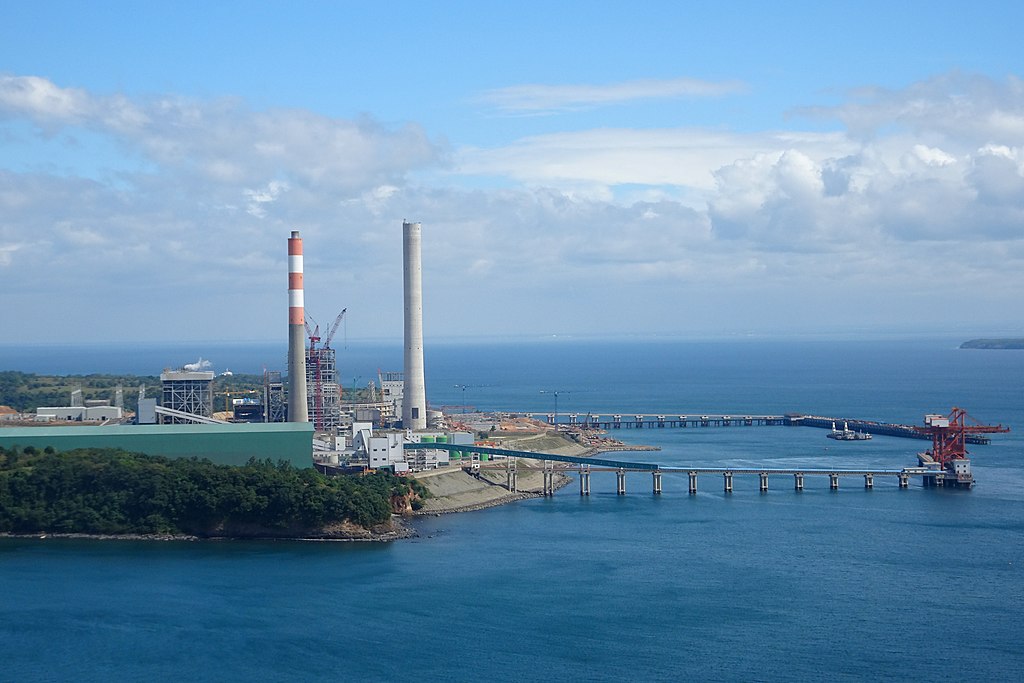Think tank sees “very tight power supply” in 2Q
- February 14, 2022
- 0

Climate and energy policy group Institute of Climate and Sustainable Cities (ICSC) is projecting a “very tight power supply” situation in the Luzon Grid during the second quarter of the year, particularly the weeks leading to and after the May 9 presidential elections.
In a study released by ICSC, the group is looking at a 1,335-megawatt (MW) deficit in the country’s power supply during peak demand, which may lead to a Red Alert status and possible brownouts in Luzon.
ICSC sees this as a threat to the integrity of the upcoming elections.
“Unreliable electricity supply would undermine the credibility of the elections. We need our electrical power system to provide reliable supply especially during election day and while transmitting data; otherwise our political power system might fail if the results are not accepted by our people,” ICSC senior policy advisor and former National Renewable Energy Board chairman Atty. Pedro Maniego, Jr. said in a statement.
Energy officials earlier said that Red and Yellow Alerts may sandwich the week of th
“Grid alert levels after unplanned outages of a few baseload plants show how vulnerable the power system can be to centralized generators. We experience rotating blackouts while still paying for high electricity costs,” ICSC chief data scientist Jephraim Manansala said.
The recurring situation, according to ICSC, calls for an urgent energy transition based on energy sources. “We need to pick up its pace,” Manansala added.
Given the National Grid Corporation of the Philippines’ (NGCP) power outlook this May, there is a margin of 1,200MW of operating reserves before the Luzon Grid goes into Red Alert status. However, ICSC’s report identified potential complications in selected coal power plants that may result in the depletion of margin reserves.
ICSC cited that Aboitiz Power Corporation’s 1,336MW GNPower Dinginin may not be fully operational by May. The outage of the plant’s 668MW Unit 1 contributed to last month’s Yellow Alert, while the 668MW Unit 2 has not yet started commissioning.
The group also said Semirara Mining and Power Corporation’s 300MW Calaca coal plant Unit 2 in Batangas and AboitizPower’s 316MW GNPower Mariveles Unit 1 in Bataan (photo above) might not be able to provide its full dependable capacity. Both generators contributed to the Red Alerts in May and June.
“If there is no definite schedule as to when these coal plants can provide reliable power supply again, the DOE should take them out of what they consider dependable capacity. Keeping these plants in the scheduled total dependable capacity will only mask the power supply deficiency problem, like what is happening today,” Manansala said.
The report recommended that the DOE ensure the availability of power plants to their full dependable
Sen. Sherwin Gatchalian, chairman of the Senate Committee on Energy, earlier called on the DOE in the latest episode of Power Podcast to treat the possibilities of red and yellow alerts in the Luzon Grid as an “energy crisis.”
NGCP had warned of the thin power supply from April to June. The grid firm has also sought Malacanang’s help to avert a power crisis during the said period.
To help meet the power demand surge in the second quarter, SMC Global Power Holdings will be supplying the Manila Electric Company (MERALCO) 170MW of peaking power.